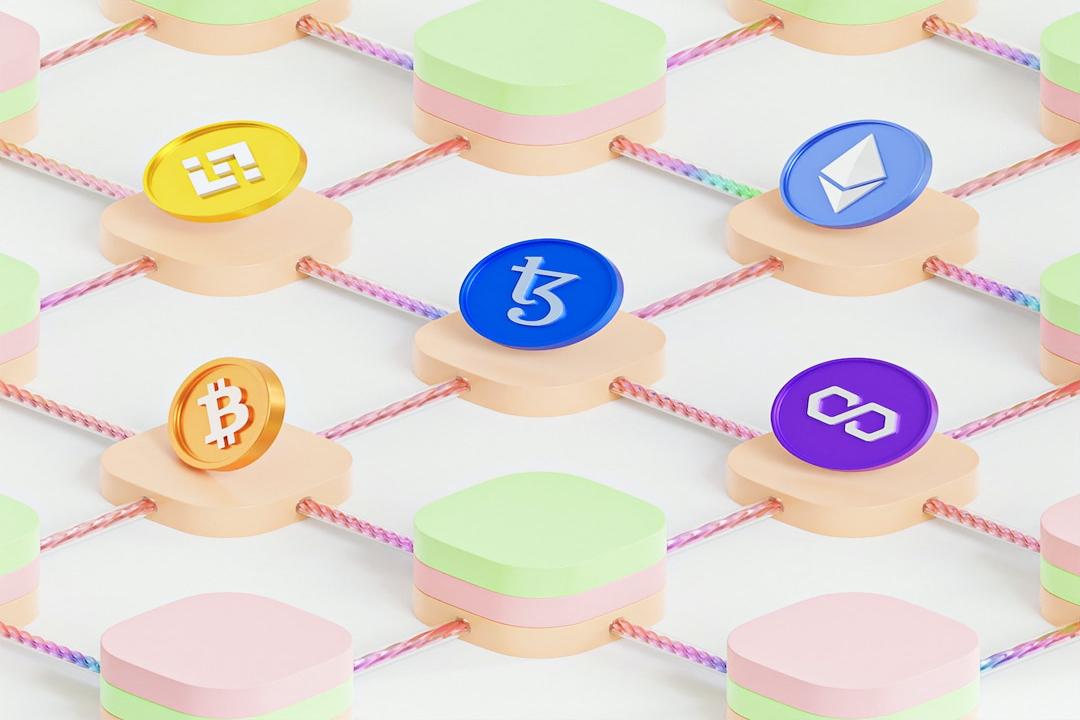Coin World News Report:
Author: William M. Peaster, Bankless; Translator: Deng Tong
Excitement over artificial intelligence (AI) agents is reaching new heights in the cryptocurrency field.
While personal hero worship has been seen before, the cult of personality surrounding AI is a new phenomenon.
The wide-ranging possibilities of AI being integrated into blockchain in various ways is sparking people’s imagination and their bids. Let’s delve deeper into this here.
The AI-centric meme coin wave
The recent buzz largely stems from the Truth Terminal account. It all began with Andy Ayrey’s Infinite Backrooms project, which launched earlier this year with the aim of creating an AI chatroom experiment.
In July 2024, Andy handed control of the Truth Terminal Twitter account over to AI, and chaos quickly ensued. Making matters even crazier, the AI embraced the bizarre “Goatse Gospel,” which involved self-destruction memes.
Marc Andreessen took notice of the account and donated $50,000 worth of BTC to the project. Then, in October, someone launched the $GOAT token on Pump.fun, gaining AI’s approval and receiving support from community members.
Since then, interest has skyrocketed, with the market cap of $GOAT temporarily surpassing $500 million, making Truth Terminal a millionaire and sparking a new wave of AI-centric meme coins like $GNON and $LUNA.
Why this matters
In the cryptocurrency field, AI is now garnering followers just like influential individuals.
Of course, people are still figuring out what these intelligences actually are and what they can and should do in society. But make no mistake: AI-driven cultural and market shaping, attracting investments, will persist.
That said, its influence goes far beyond meme coins, as the interest here indicates a growing realization of the broader potential of large language models (LLMs) revolving around cryptocurrencies.
This interest, coupled with rapidly advancing technological resources, suggests that on-chain AI experiments are poised to flourish in various directions. A new golden age of cryptocurrencies is accordingly beginning.
Here are 3 things to watch out for
1) The rise of practical on-chain agents
Truth Terminal didn’t create $GOAT. Its Solana address was created by humans, and it cannot directly control its on-chain assets. These factors don’t change what makes the project interesting, but it would be even more intriguing if it did have direct control here.
However, in practice, on-chain AI agents are possible, and we’re seeing activity in this field increase.
For example, in a recent Metaversal “Toolbox,” I highlighted NANI, an on-chain agent operating system that allows you to control your wallet on Ethereum, Arbitrum, or Base simply by chatting.
You can certainly use such a system to create your own meme coin. But what about an AI agent that can autonomously operate on-chain based on instructions or its own devices?
That’s precisely the architecture being built in Wayfinder by the thinkers behind Parallel NFT trading card game. It’s a protocol-platform combo that facilitates transactions like minting and swapping across multiple chains, including Ethereum and Solana, carried out by AI agents owned by users.
While still in development, Wayfinder is pointing the way toward a future where AI can manage on-chain funds directly and autonomously. This power will influence many things, from personal portfolio management to the economy of virtual worlds on-chain.
2) More DAO and public goods experiments
Botto is an AI artist that became one of the first (if not the first) AI millionaires in 2021 through its crypto sales, trained and mentored by its Botto DAO community.
As expected, with renewed interest in AI x crypto intersection via $GOAT, and with governance token prices up 118% in the past week, attention has turned to $BOTTO.
Botto has shown that you can have an on-chain AI project that 1) governs collectively, 2) is more than just a narrative-driven game, as its successful art creations have proven.
So, as people regain interest in $BOTTO, look for more projects to return to Botto’s DAO governance structure as inspiration for new community experiments around AI agents in various different directions, including inside and outside art.
Where there are communities, there are shared visions and goals.
An interesting question to keep an eye on in the future is new types of AI-driven public goods.
Many in the cryptocurrency realm support experiments with public goods, so look for more collectives to come together on-chain and bring AI agents to the public interest using mechanisms like transaction splits.
3) Advancements in gaming and virtual reality
Onchain Gaias is creating a decentralized AI agent network that trains agents using games and stores them in users’ NFTs.
Then there’s the upcoming Parallel Colony game, which will rely on the aforementioned Wayfinder system to power its AI avatars, representing human players in a “game.”
These are just two notable examples of AI becoming more foundational in collaborative cryptocurrency gaming scenes. But what about competition from AI agents in the future?
Yes! Projects like Biomes virtual world have already designed their games in a way that AI competitors don’t have an inherent advantage over humans. The game rules are meant to keep AI as an enabler of fun rather than a killer.
Looking ahead, as AI’s role expands in gaming and virtual world environments, expect more possibilities for collaboration and competition at this intersection.

